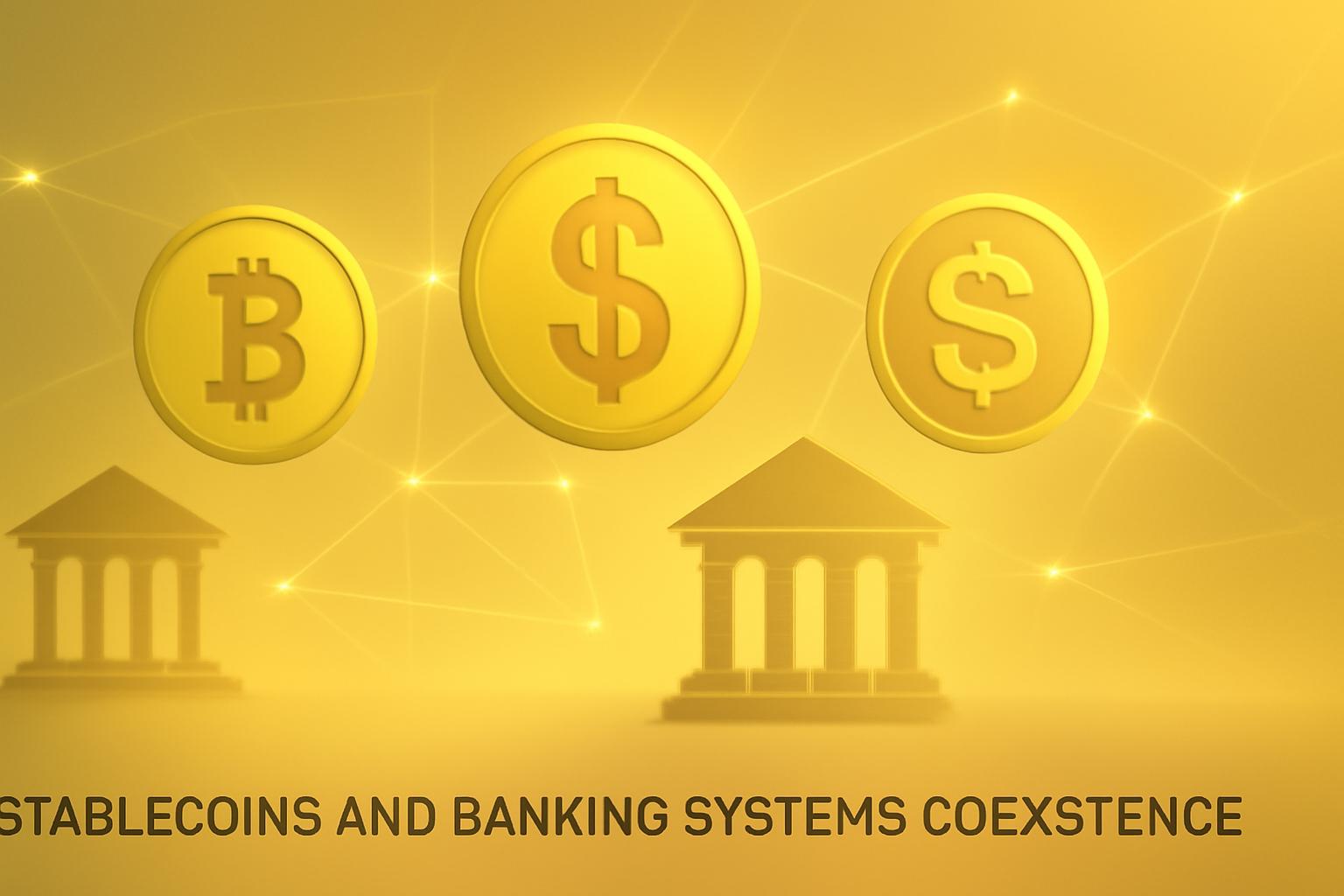Coinbase Rebuts Claims That Stablecoins Drain US Bank Deposits
Coinbase has publicly rejected the notion that stablecoins pose a threat to the US banking system by causing significant deposit outflows, calling the concept of “deposit erosion” a myth. In a blog post published Tuesday, the cryptocurrency exchange argued that recent analyses reveal no meaningful connection between stablecoin adoption and deposit declines at community banks.
Stablecoins as Payment Tools, Not Savings Accounts
According to Coinbase, stablecoins function primarily as payment instruments rather than alternatives to savings accounts. The company emphasized that when users convert funds into stablecoins to pay overseas suppliers, they are opting for faster and cheaper payment methods rather than reallocating their savings. Coinbase further noted that stablecoins offer competition to banks’ substantial annual swipe-fee revenues, estimated at $187 billion.
Questioning Treasury Report Projections
Coinbase also challenged projections made in a recent US Treasury Borrowing Advisory Committee report, which forecasted a potential $6 trillion outflow in bank deposits despite estimating the stablecoin market to reach only $2 trillion by 2028. Coinbase described this as mathematically inconsistent and therefore unreliable.
Majority of Stablecoin Activity Occurs Outside the US
In an accompanying research paper, Coinbase highlighted that over half of stablecoin transaction volume takes place internationally, particularly in regions with less developed financial systems such as Asia, Latin America, and Africa. Citing the International Monetary Fund, the report noted that more than $1 trillion of the $2 trillion projected stablecoin transactions in 2024 will occur outside the US.
Given that most stablecoins are pegged to the US dollar, Coinbase argued their widespread international use reinforces the dollar’s global dominance rather than eroding domestic bank deposits or credit availability.
Stablecoins and Banks: A Complementary Relationship
Coinbase pointed to positive correlations between bank stock performance and crypto firms like Coinbase and Circle following the introduction of the Guiding and Establishing National Innovation for US Stablecoins Act (GENIUS Act). This trend suggests that stablecoins and traditional banks could coexist and potentially thrive together.
Calls for Banks to Enhance Competitiveness
Industry observers have urged US banks to improve their customer offerings instead of resisting stablecoin competition. Bitwise’s Chief Investment Officer Matt Hougan recently criticized banks for maintaining low interest rates on deposits while stablecoins provide more attractive alternatives.
Meanwhile, banking groups led by the Bank Policy Institute have petitioned Congress to close perceived regulatory gaps in the GENIUS Act that could allow stablecoin issuers to indirectly offer yields through affiliated crypto entities. In response, crypto advocacy groups warn that such measures may unfairly favor traditional banks and hinder innovation.
Efforts to strike a regulatory balance continue as the stablecoin ecosystem evolves amid growing scrutiny.
FinOracleAI — Market View
Coinbase’s rebuttal to claims that stablecoins cause significant bank deposit erosion is likely to calm some investor concerns about systemic risks posed by stablecoins to traditional banking. By emphasizing stablecoins’ primary use as payment tools and highlighting their international adoption, Coinbase presents a case for coexistence rather than competition with banks.
However, regulatory uncertainty remains a key risk, especially around yield offerings by stablecoin issuers and potential legislative adjustments to the GENIUS Act. Market participants should monitor regulatory developments and bank responses to stablecoin competition closely.
Impact: neutral













